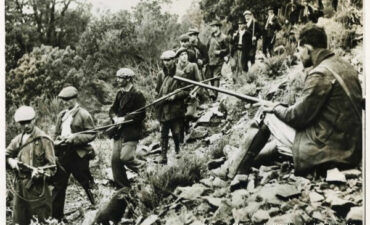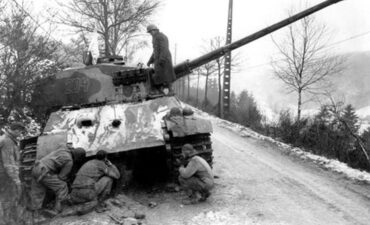Why were Europeans exploring sea routes to India in the 15th century? In the 15th century, Europeans were highly motivated to find sea routes to India for several reasons:
Economic Interests:
Europe had a strong demand for spices, silk, and other exotic goods from Asia. These goods were highly valued, but overland routes were long, dangerous, and controlled by intermediaries who charged high prices.
Bypassing Middlemen:
The overland trade routes were controlled by various middlemen, including Arab and Ottoman traders, who imposed heavy taxes and fees. Europeans wanted to bypass these intermediaries to reduce costs and increase their profits.
Expansion of Trade:
Establishing direct sea routes to India would open up new opportunities for trade and wealth. This was particularly important for emerging European powers such as Portugal and Spain, which were looking to expand their influence and economic power.
Technological Advancements:
Advances in navigation, shipbuilding, and cartography made long sea voyages more feasible. The development of the caravel, a ship capable of long-distance travel, played a crucial role in enabling these explorations.
Political and Religious Motivations:
European rulers were also motivated by a desire to spread Christianity and counter the influence of Islam. By finding new routes, they hoped to establish new Christian territories and alliances.
Curiosity and Exploration:
The Renaissance period sparked a renewed interest in exploration and discovery. Europeans were curious about the world beyond their borders and eager to explore unknown territories.
These motivations collectively drove European explorers like Vasco da Gama to embark on voyages that ultimately led to the discovery of sea routes to India, significantly impacting global trade and the course of history.








